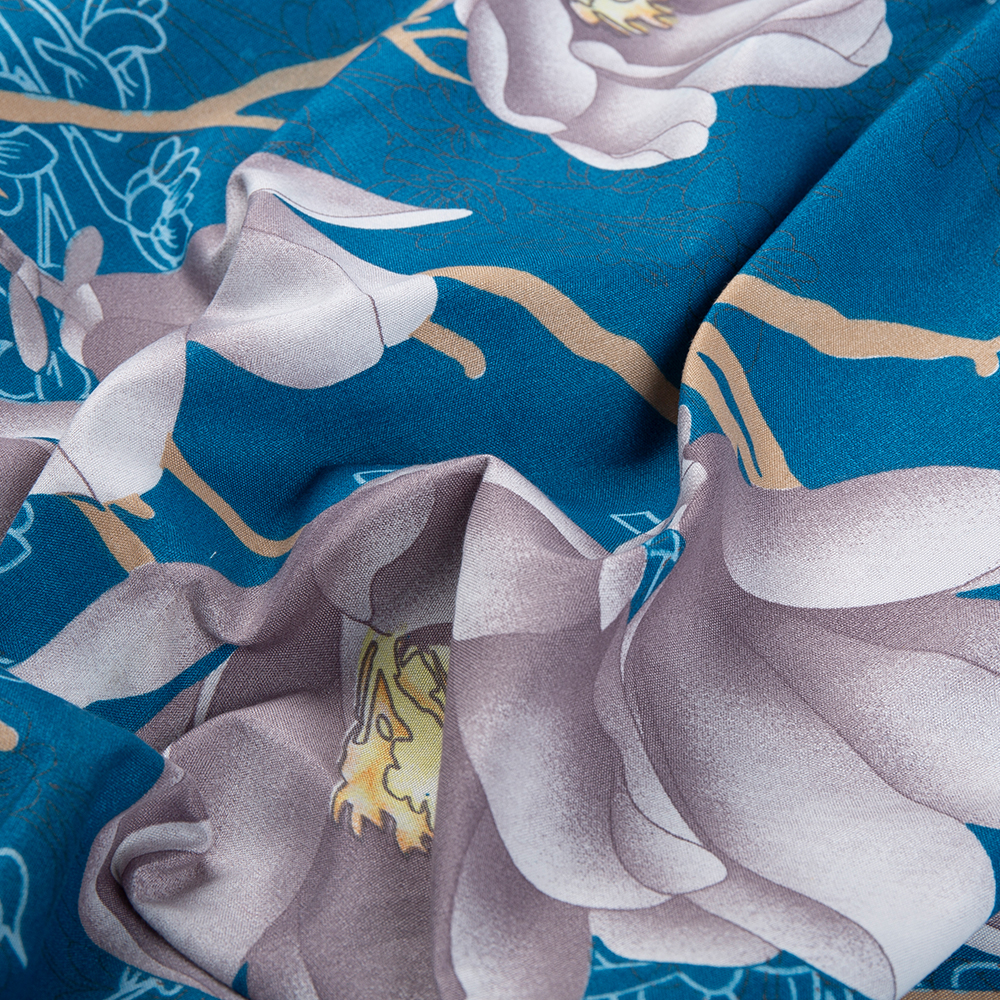
In the ever-evolving world of textiles, the demand for materials that combine superior performance, sustainability, and aesthetic appeal is growing rapidly. One such innovation that has taken the textile industry by storm is PR microfiber fabric. Known for its incredible softness, durability, and eco-friendly properties, PR microfiber fabric is rapidly becoming a favorite in a wide range of industries, from fashion and upholstery to cleaning and medical applications.
The fabric is composed of polyester and polyamide (nylon) fibers, combined in a specific ratio to enhance its strength and versatility. The fibers are split into thousands of tiny threads, making PR microfiber extremely fine and lightweight. This structure creates a fabric that is not only incredibly soft to the touch but also highly durable and resistant to wear and tear.
One of the most notable features of PR microfiber fabric is its unparalleled softness. The ultra-fine fibers give the fabric a smooth, luxurious texture, making it perfect for applications where comfort is key, such as bedding, clothing, and upholstery. This softness is often compared to natural fibers like silk or suede, offering a premium feel at a more affordable price.
Despite its softness, PR microfiber fabric is incredibly durable. The fine fibers are tightly woven, creating a fabric that is resistant to pilling, stretching, and fading. It can withstand heavy use, making it an excellent choice for items that undergo frequent wear, such as upholstery or sportswear. The fabric is also resistant to abrasions and tear, ensuring that it retains its shape and appearance over time.

PR microfiber fabric is known for its exceptional moisture-wicking abilities. The fine fibers create a structure with a large surface area, which helps the fabric to absorb moisture quickly. This makes PR microfiber ideal for applications like towels, cleaning cloths, and activewear, where moisture management is essential. The fabric can absorb several times its weight in water and dry quickly, ensuring that it stays functional even in demanding conditions.
In addition to moisture-wicking properties, PR microfiber fabric is highly breathable. This makes it an excellent choice for activewear and other clothing items that need to regulate body temperature. The breathable nature of the fabric helps prevent overheating and allows air to circulate, keeping the wearer comfortable even during physical activities or in warm environments.
PR microfiber fabric is often praised for its sustainability. As manufacturers become more eco-conscious, many have turned to recycled polyester in the production of microfiber fabrics. By using recycled materials, the environmental impact of producing PR microfiber fabric is reduced. Furthermore, PR microfiber’s durability means that items made from this fabric have a longer lifespan, reducing the need for frequent replacements and minimizing waste in the long run.
Another key advantage of PR microfiber fabric is its resistance to stains and dirt. The smooth surface of the fibers prevents dirt from embedding into the fabric, making it easy to clean and maintain. Whether used for home furnishings, automotive interiors, or clothing, PR microfiber is highly stain-resistant, allowing for simple spot cleaning or machine washing. This makes it a practical and low-maintenance material for a variety of applications.
While natural materials like silk or suede offer a luxurious feel, they often come at a high price point. PR microfiber fabric provides the same premium texture and softness, but at a more accessible price. This makes it a popular choice for consumers seeking affordable luxury in everyday items such as bedding, clothing, and upholstery.
PR microfiber fabric’s versatility makes it suitable for a wide range of applications. It can be used in everything from fashion and upholstery to cleaning products, sportswear, and medical textiles. The fabric can be easily dyed and printed, allowing designers to create a variety of colors and patterns. Its adaptability makes it ago-to material for manufacturers looking for a high-performance fabric with aesthetic appeal.
Due to its smooth texture and tight weave, PR microfiber fabric is hypoallergenic. It doesn’t trap dust, pollen, or other allergens, which makes it an excellent choice for individuals with allergies or sensitive skin. Bedding and upholstery made from PR microfiber are less likely to harbor dust mites and other irritants, contributing to a cleaner and healthier living environment.
Despite its durability, PR microfiber fabric is lightweight, which adds to its comfort. It is often used in clothing, such as activewear and loungewear, where comfort and flexibility are key. The fabric feels light against the skin while still providing excellent durability and resistance to wear.
PR microfiber fabric is used in a wide range of industries due to its combination of softness, durability, and performance. Some of the most common applications include:
PR microfiber fabric is commonly used in the fashion and sportswear industries for items like shirts, jackets, and workout clothing. Its moisture-wicking, breathable, and durable properties make it ideal for activewear, helping to keep athletes dry and comfortable during intense workouts or sports activities.
In the home furnishings industry, PR microfiber is widely used for upholstery, such as sofas, chairs, and cushions. Its softness and resistance to stains and wear make it an ideal choice for furniture that needs to withstand daily use while maintaining its aesthetic appeal. The fabric is also used for bedding, including sheets and pillowcases, where comfort and durability are important.
Due to its high absorbency and ability to trap dirt and dust, PR microfiber fabric is frequently used in cleaning cloths, towels, and mops. It can be used to clean a variety of surfaces, from glass and countertops to delicate electronics and automotive interiors, providing a streak-free and effective cleaning solution.
PR microfiber is also used in medical textiles, such as wound dressings, masks, and surgical garments, due to its hypoallergenic and moisture-wicking properties. The fabric can help manage moisture and keep the skin dry, which is essential for preventing infections and promoting faster healing.